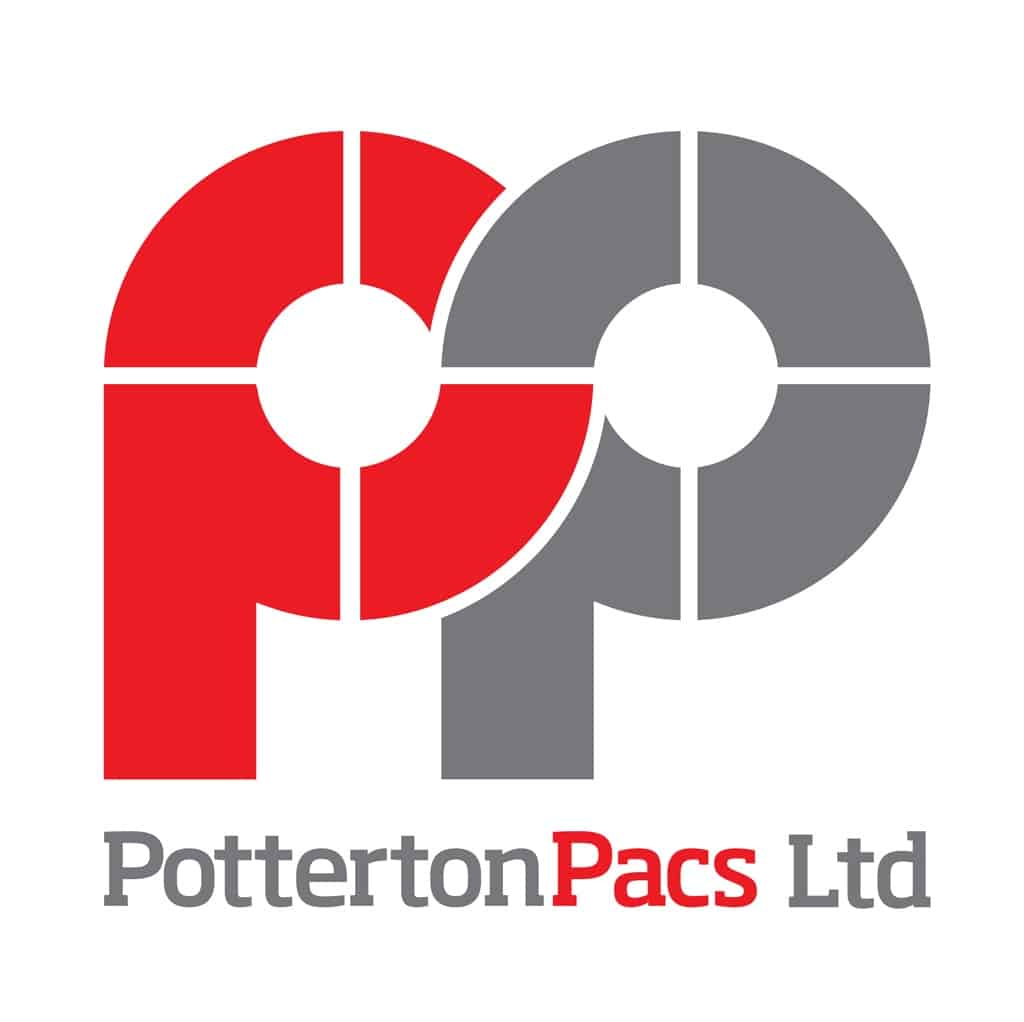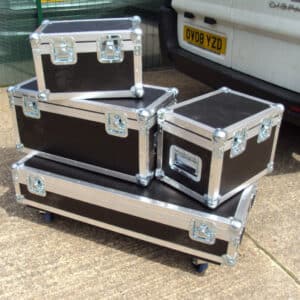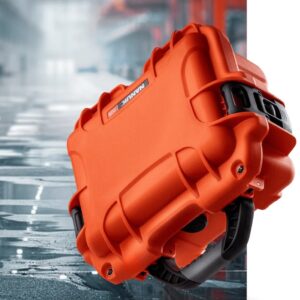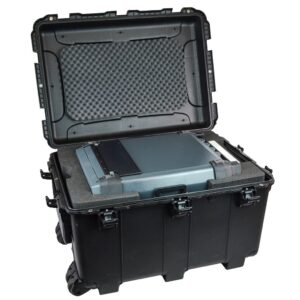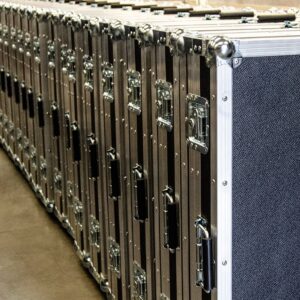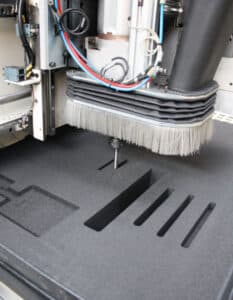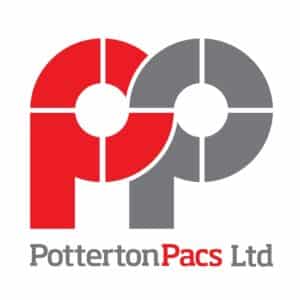Custom cut foam inserts are often the go-to solution for protecting your items in storage or transit – and for good reason! Foam inserts protect your tools, electronics and products from both shock and vibration, meaning that there is a significantly smaller chance that your goods will break when moving them. Whether you need box inserts or end caps, high quality custom cut foam will reduce the costs to your business associated with returns and damaged products. If you’re storing work tools, it will reduce the amount of expensive equipment you need to replace.
Well-engineered protective foam packaging is an exceptionally cost-effective solution that can be tailored to fit the exact size and shape of the item you’re packaging. Even in high volumes, foam inserts have a positive impact on your company’s profitability.
Unless you’ve got experience in the industry, you may come across some confusing terminology that uniquely describes aspects of custom cut foam. In the event that you don’t have the foggiest idea about CAD, Plastazote or Polyether foam, you’ll find our guide to custom cut foam incredibly useful in your journey to secure products and equipment.
Custom Cut Foam: Terminology
Anti-Static Foam
Anti-static is a type of foam that protects your electronics from any elements of static discharge. It achieves this by providing an electrical path for the charge to dissipate from the packaging. This protective foam packaging is normally used for motherboards, circuit sheets, and microprocessors to protect from both physical and static damage.
CAD (Computer Aided Design)
CAD refers to utilising computer programming in order to get accurate and exact designs. A large variety of industries use CAD, however we use it to get a precise foam cutout that fits your tools perfectly.
Closed Cell Foam
Closed cell means that liquids and gases are not easily absorbed into the foam. This foam is made up of cells which are closed off from each other. This means that it is slightly firmer and more durable than open-cell foams. In addition to being resistant to liquids, it’s a shock absorber, can provide thermal insulation and can also be used to seal gaps.
CNC Routing (Computer Numerical Control)
CNC Routing is used to create precise cuts at various depths in the foam. Very complex shapes can be precision-cut at a high speed for a consistent and exact fit. The process of CNC routing is fully computer-controlled, by using CAD (Computer-Aided Design) to route the plastazote into a designed shape and size. Foam inserts that have been CNC routed provide a high quality, precise finish.
Density
When it comes to foam, density refers to an estimation of how much air is in the foam. The higher the density, the better grade the foam is. Which density you opt for of course depends on your personal needs. Certain uses will require a lower thickness, while more delicate equipment may require more.
Die-Cutting
A die cutting machine is used to design custom cuts to materials when consistency is needed to produce repeated designs. The process press cuts component shapes into foam using a specialist cutting knife, which has to be created using specially fabricated blades. The blades are inserted into a plywood block to create the perimeter outline of the products or components to be held in the foam.
Die-cutting allows us to create customised foam interiors to achieve a repeatedly accurate, high-quality finish at a competitive price.
Laminating
Laminating foam involves using heat to bond layers of foam on top of each other to achieve a single, larger sheet of foam.
Open Cell Foam
Open cell foam allows air to pass between cells. This means that the foam can be easily compressed and then naturally recover to its original shape. Open cells are less likely to be broken, resulting in superior performance when used over time.
Plastazote
Plastazote is a tough, high-density closed cell that is expertly designed from polyethylene. People opt for this type of foam when they want something that is both lightweight and protective. It offers the perfect middle ground for more fragile, delicate equipment. Plastazote foam is typically made by either die cutting, water jet cutting or CNC routing.
Polyether Foam
Polyether foam is a particularly aesthetically pleasing type of protective foam that is typically used as presentation packaging for products. It is a medium-load bearing open cell foam that helps you keep your products organised and in pristine condition. There are four options for this type of foam, all of which are fully customisable to suit the size and type of equipment being transported: plain grey polyether foam, pre cubed (pick and pluck), polyether and profile (eggbox) polyether foam and brushed nylon topped (choice of colours available).
Routing
This is a procedure that utilises a quick rotating device to cut along the foam from A to B. The cut will be precise and time-efficient.
Water jet cutting
Water jet cutting is an alternative to CNC routing and has now become the fastest-growing precision method for cutting materials, as it doesn’t interfere with the original structure of the foam. Delicate materials, materials with sharp right-angled corners, bends, and curves are not an issue for the waterjet cutter.
The secret lies in its ultra-high pressure jet of clean water, which cuts foam up to 200mm in thickness with speed three times higher than the speed of sound. Water jet cutting offers a clean-cut finish and unbeatable precision.
Custom Foam Cutting Service At PottertonPacs
Protecting your equipment is our priority, and it’s important to everyone, no matter your field. Whether you work in IT, sales, medical or mechanical industries, high quality foam padding will be incredibly useful to protect your expensive products and equipment.
We take pride in our ability to design, manufacture and supply high quality protective foam inserts as well as protective cases, padded bags and covers. We also specialise in CNC routing, water jet and die cutting of bespoke foam pad inserts, shadow tool control and polystyrene for protective packaging or POS display.
Need additional help choosing specifics for your protective foam packaging? Get in touch with our experts on 0116 276 7562 or email us at info@potpacs.co.uk with any queries or questions you may have.

